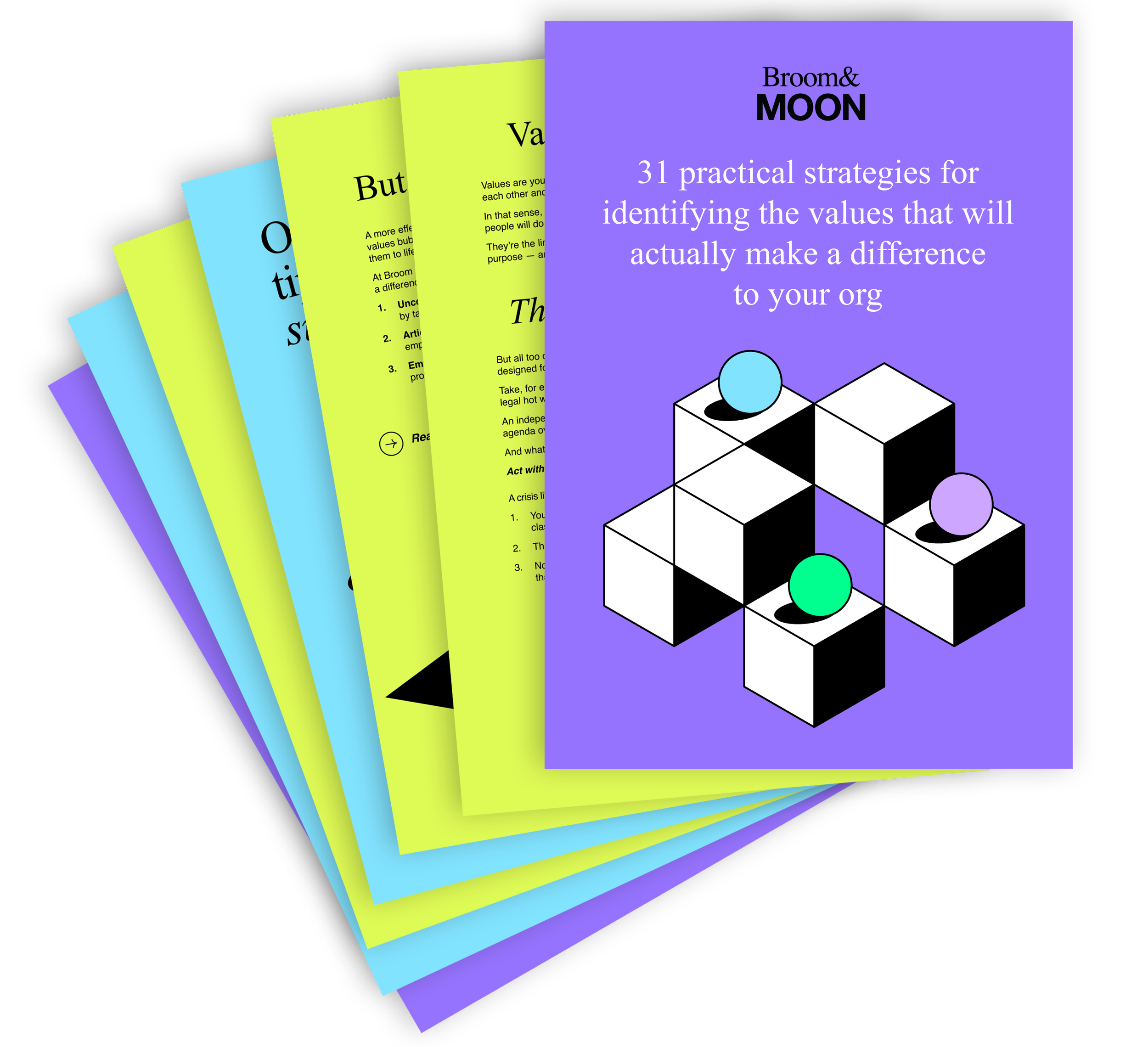Presentation to give? Here’s where to start.
You’ve got to give a presentation. Where do you start?
Fire up Powerpoint (or your preso software of choice) and start brain dumping into the empty slides?
Dig out a previous presentation on an adjacent topic, make a copy, and edit as needed?
Dig out several previous presentations from which to pull together a master-deck (aka hodgepodge of ideas)?
If you’ve never done any of the above, congratulations! You are a rare creature indeed.
But if it’s your standard way of working, you need to know there is a better way.
A way that will save you heaps of time and produce a more powerful end result.
That way is to:
Step. Away. From. The. Slides.
Instead, try this 3-step process for getting your preso out of your head and into the world.
1. Start with your audience
Having a clear and detailed picture of who you’ll be talking to is the first step toward translating what you want to say into something they want to hear.
So before you start populating those slides, make sure you have the answers to the following questions:
Who will be in the room? How many of them are there?
What’s their area of expertise? How familiar are they with my topic? What needs explaining and what knowledge can be assumed? (Hint: you’ll probably need to explain more than you’d think)
Above all, why are they in the room? What matters most to them?
What will be going through their minds as I stand in front of them?
What’s less interesting to them, even if it’s interesting to me?
2. Work back from the outcome
Once you’ve got a clear idea of who you’ll be speaking to and what makes them tick, think about your objective — the ideal outcome you’d like to see as a result of the presentation. Write down the answers to these questions:
What do I want my audience to know, think or feel after my presentation?
But, mostly, what do I want them to do? What’s my call to action?
What’s the one sentence I’d like my audience to be able to repeat the day after my presentation?
What would a successful presentation look like for me? And what do I need to say to achieve that result?
What can I safely leave out? What’s less relevant to achieving my outcome?
3. Grab a stack of post-it notes
Armed with a clear idea of your audience and your objective, you might now be tempted to open up a new slide deck, ready to start creating slides.
Not. So. Fast.
Your presentation is going to need a clear structure that makes sense. And one that will keep your audience hooked to the end.
By far the quickest and easiest way to land on that structure is to plan your presentation out with good old-fashioned pen and paper.
Even better, pen and post-its, where you dedicate each post-it to a slide in your deck. There are two benefits to this approach:
You can quickly shuffle post-its around physically, making it easy to rejig things as you figure out your structure.
Post-its are small — so they’re a reminder to limit your wordage to something your audience can grasp at a glance.
Once you’ve taken each of these three steps? You’re good to go. Fire up that laptop and enjoy how easy it is to get your ideas into slide-deck form.
Related articles
Is this the greatest pitch deck of all time?
Want help creating a presentation? Get in touch!


